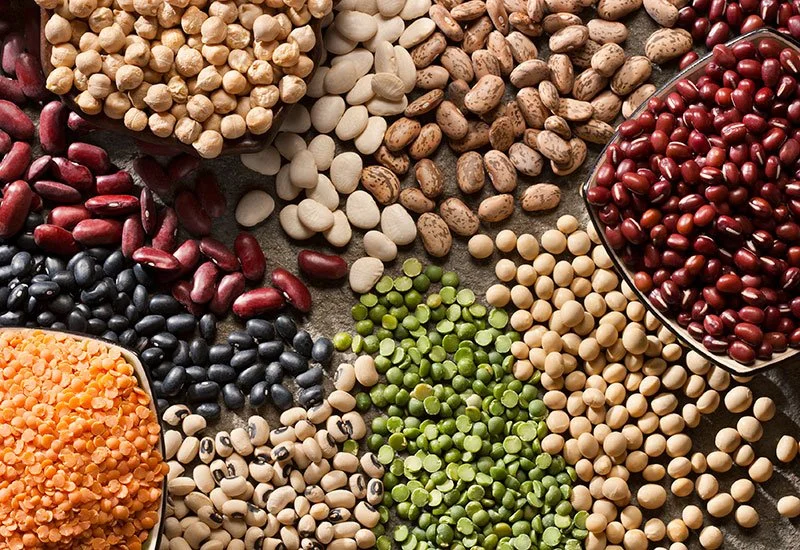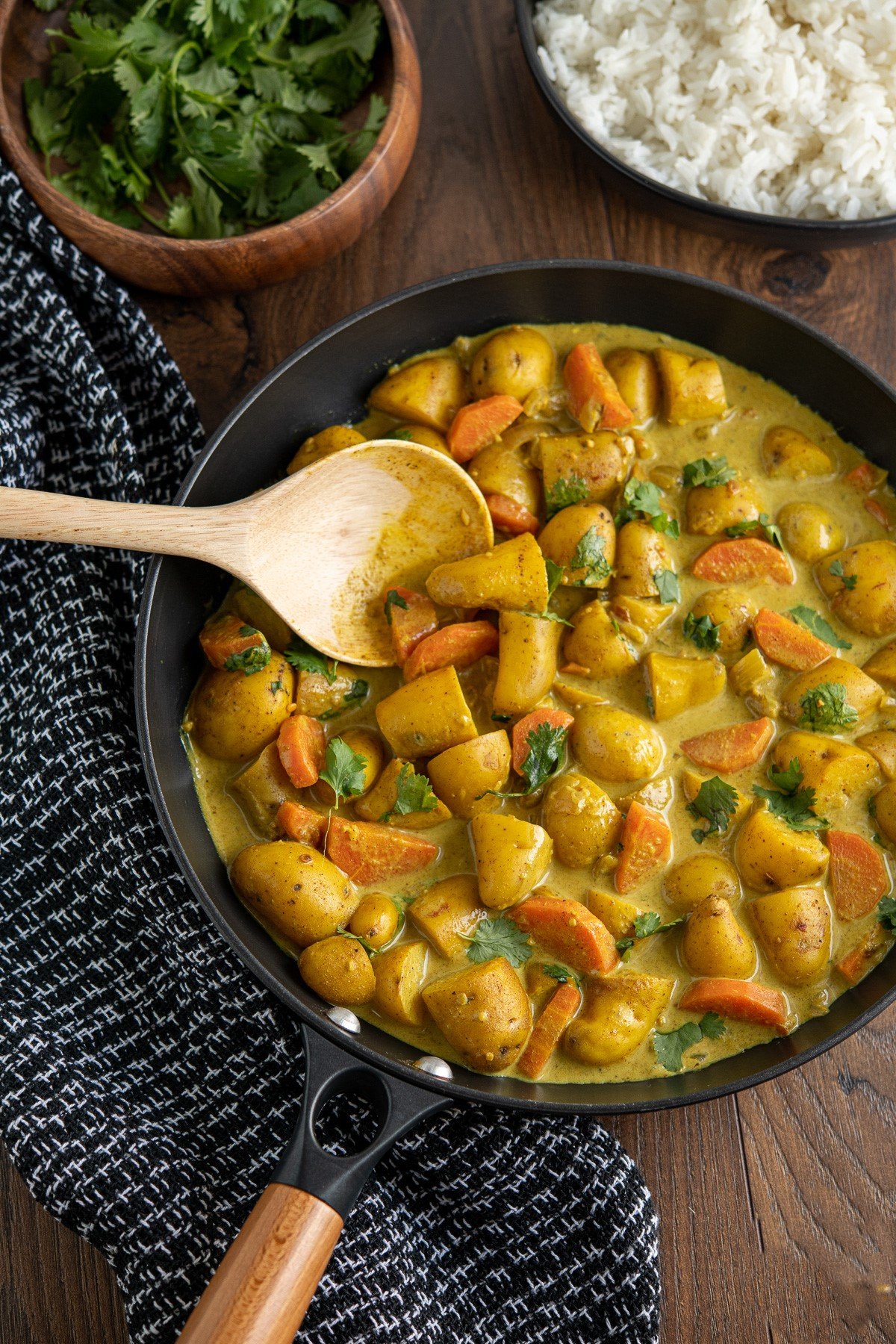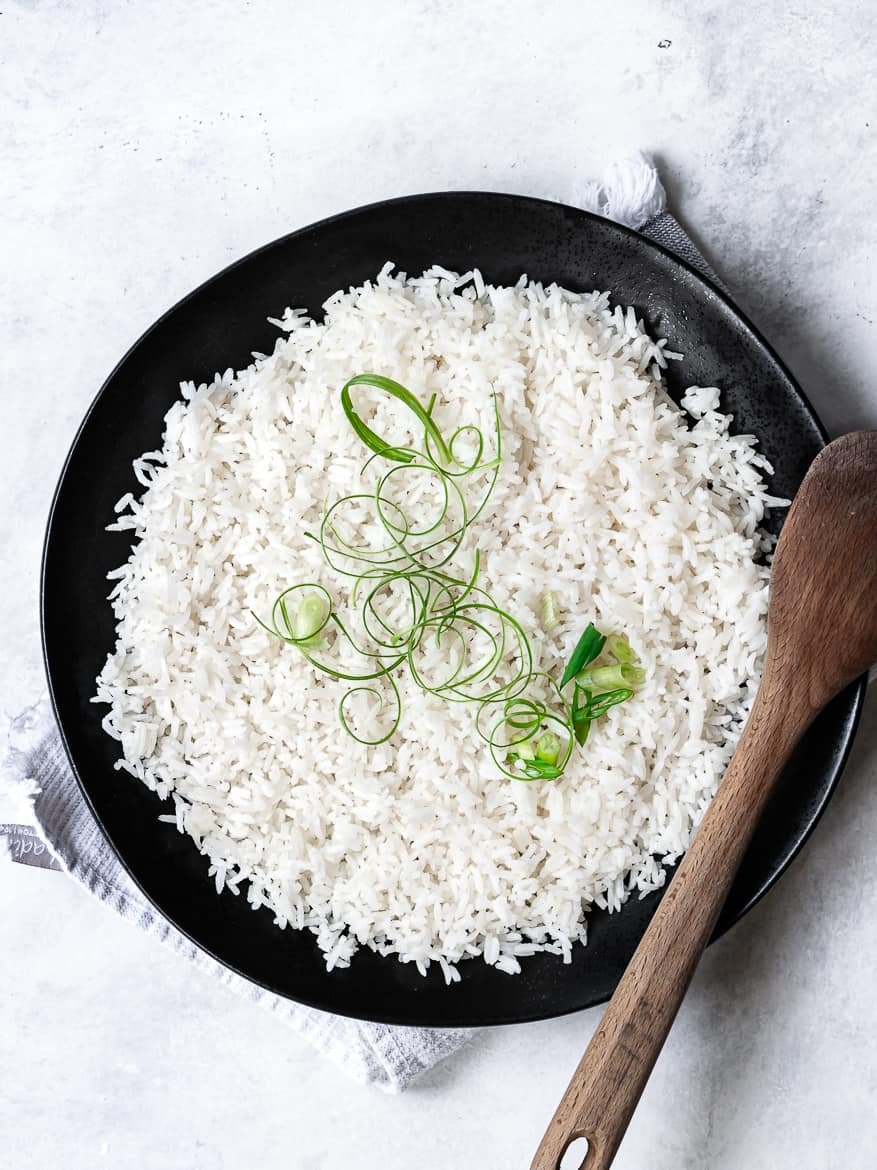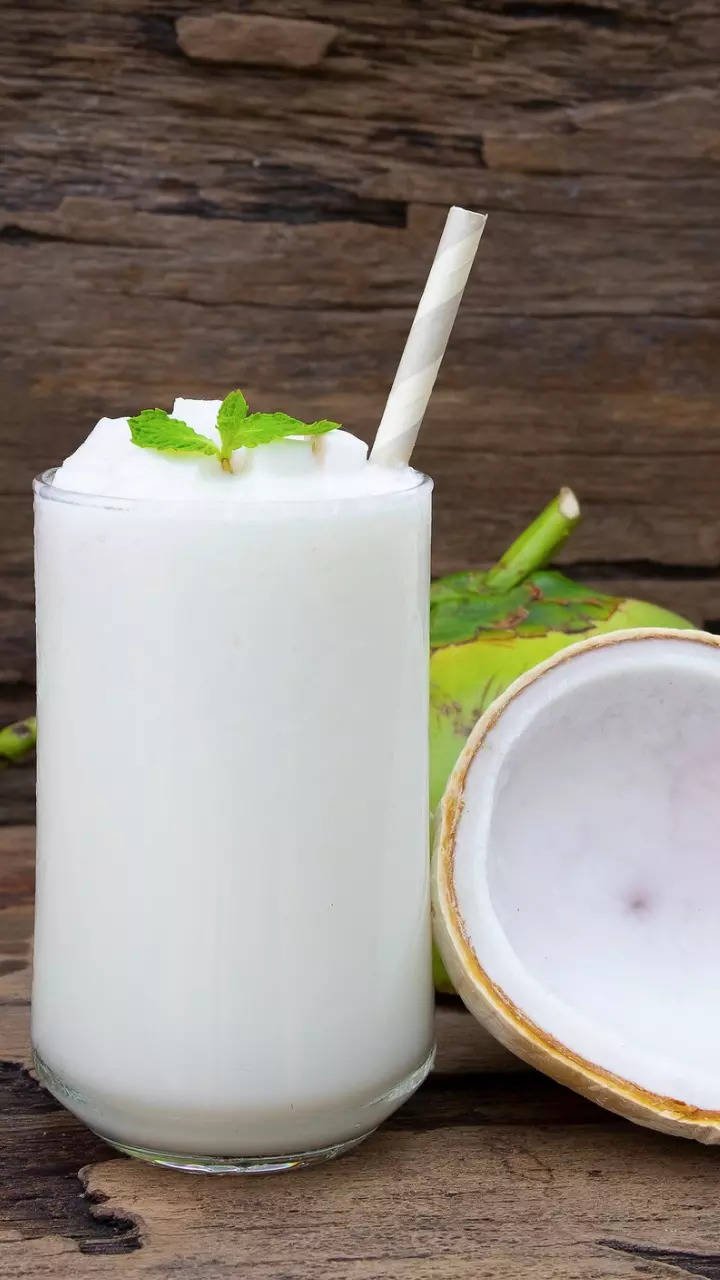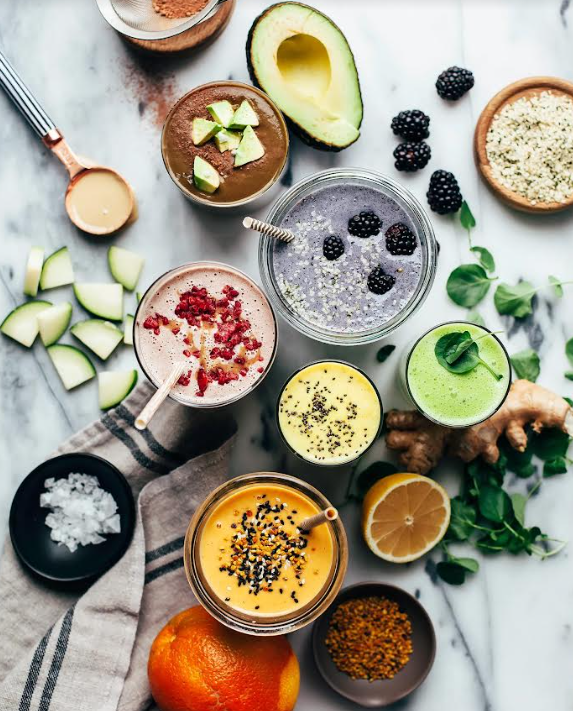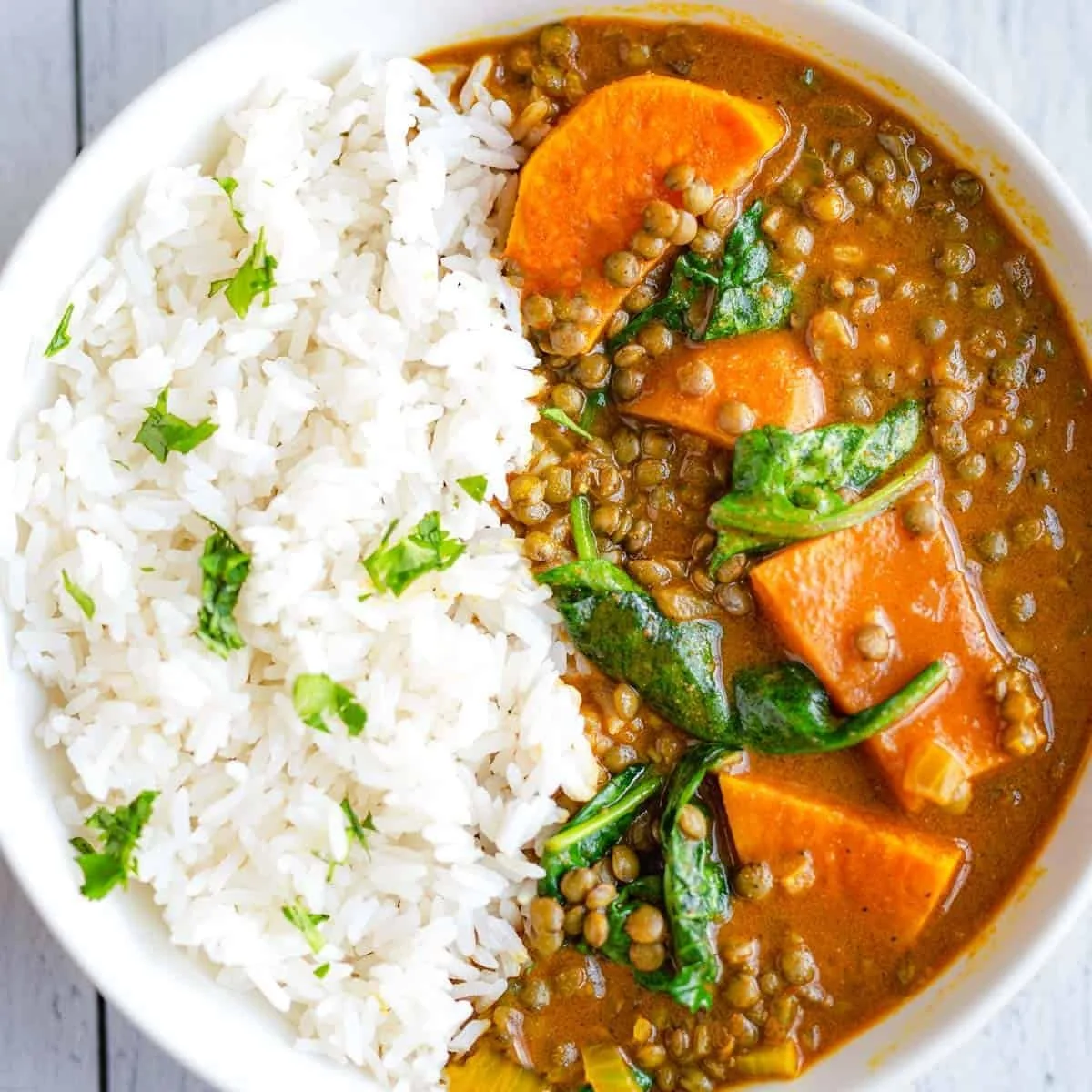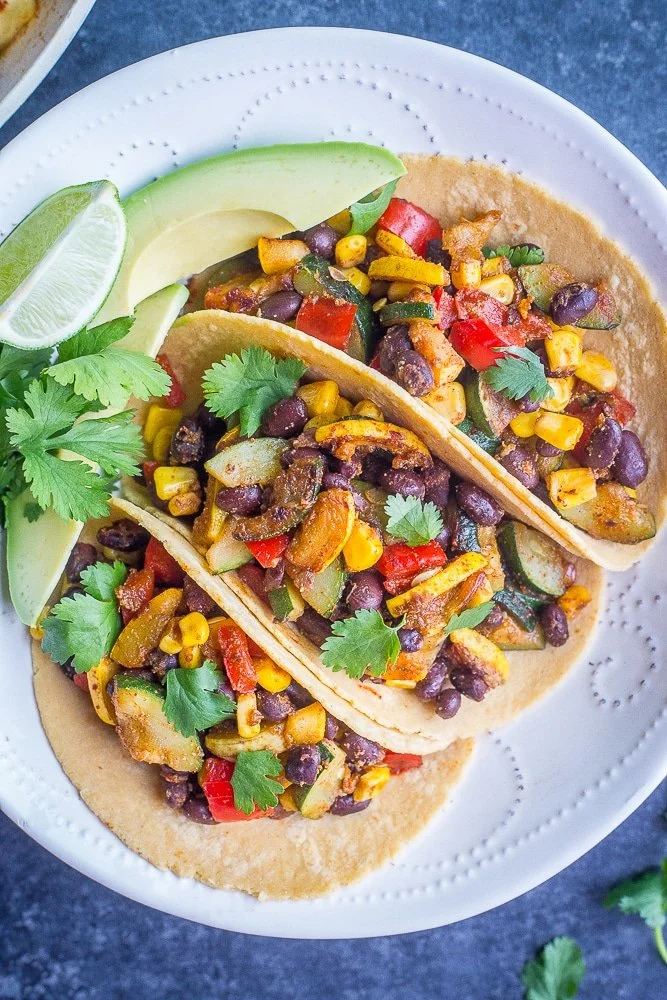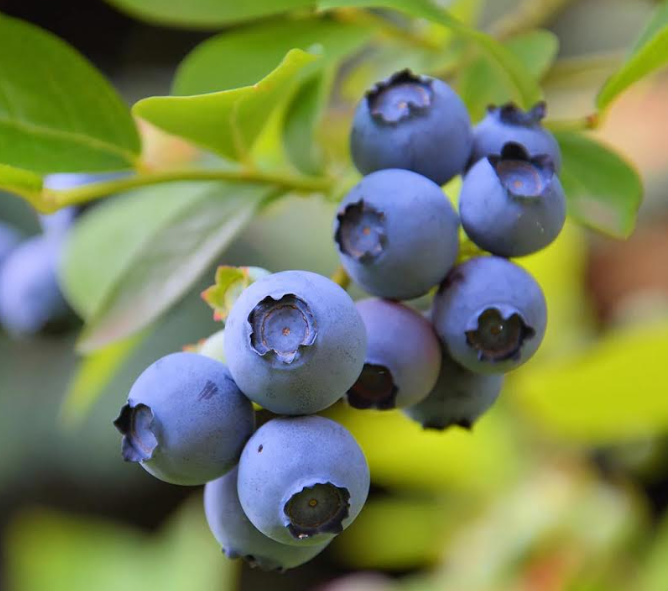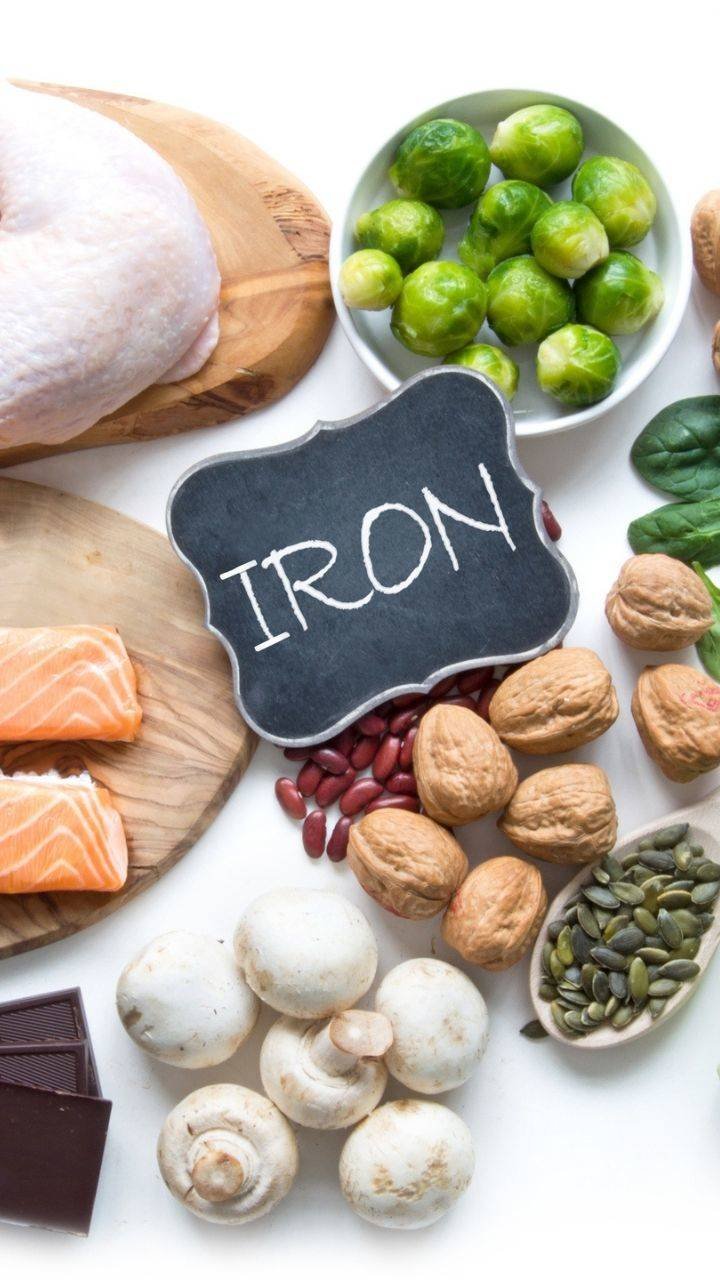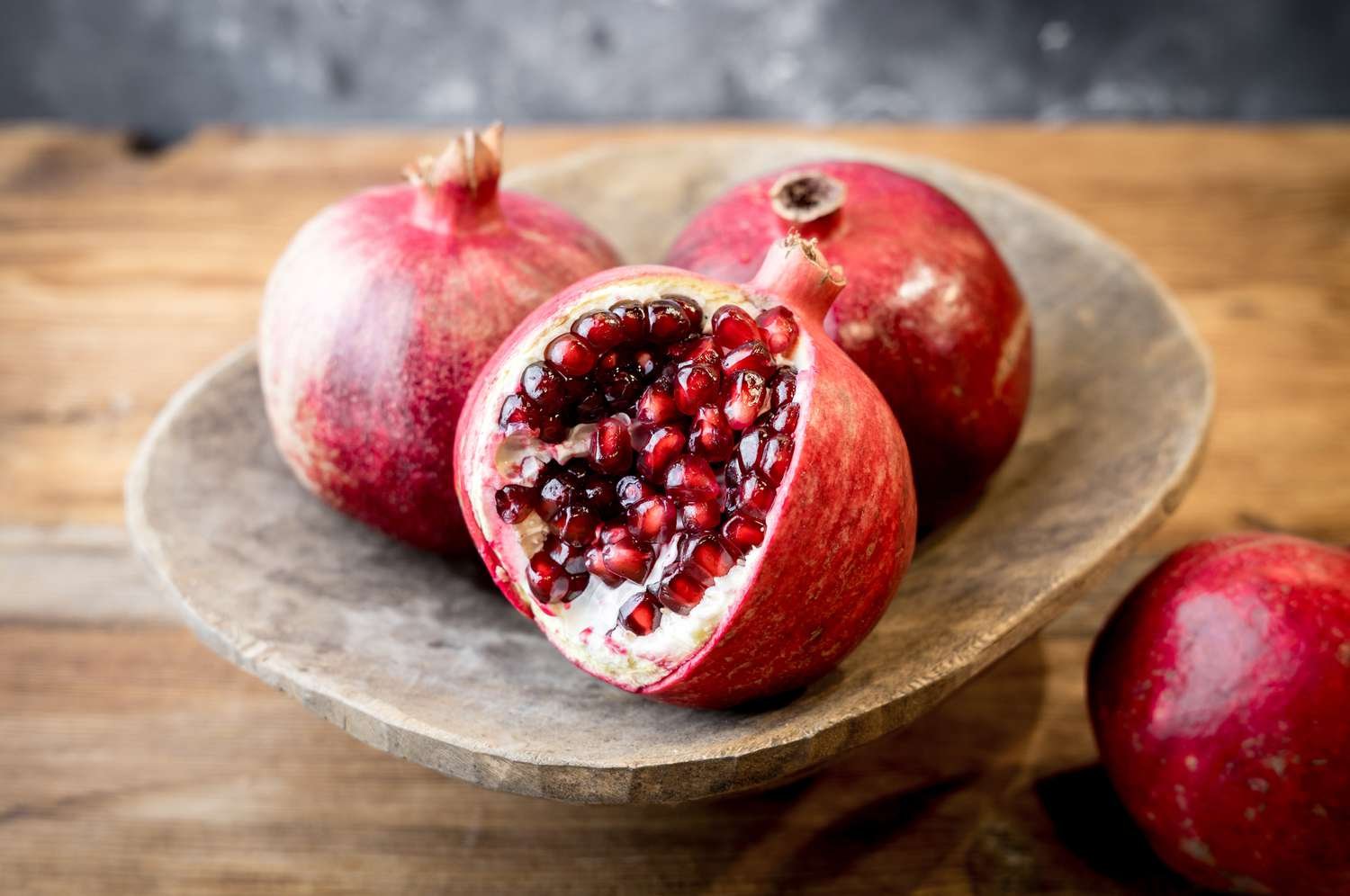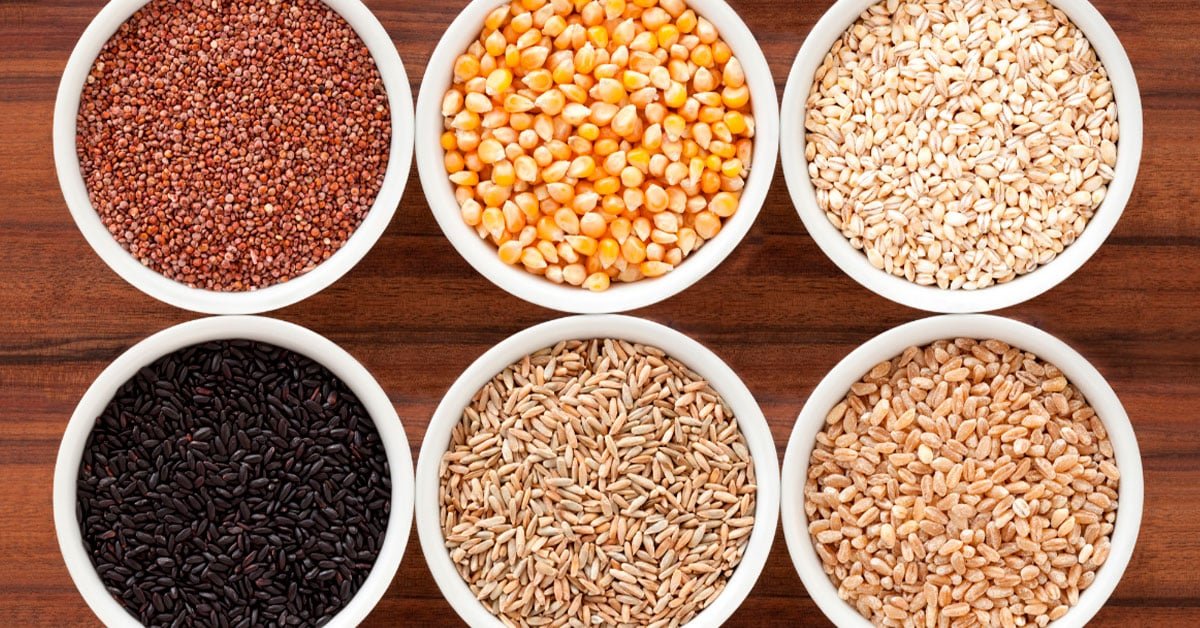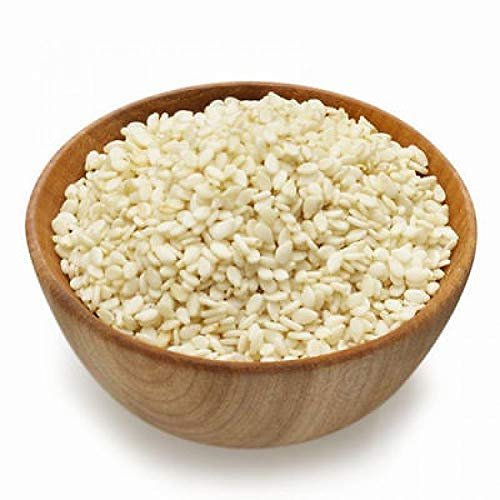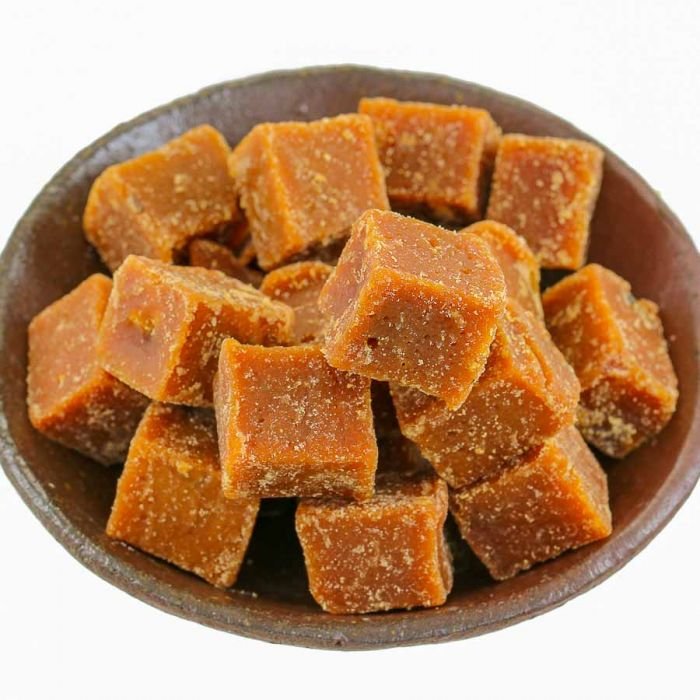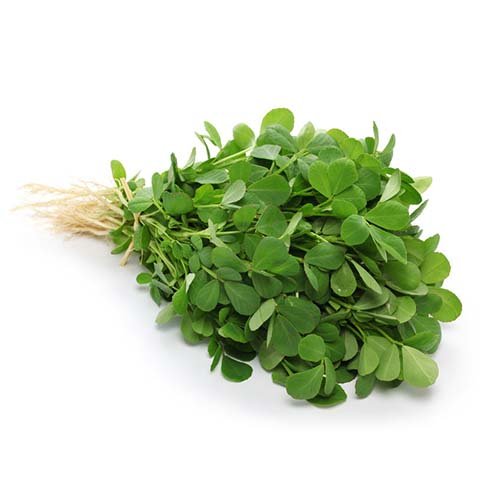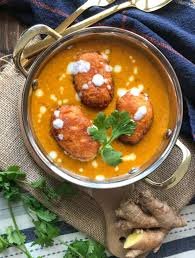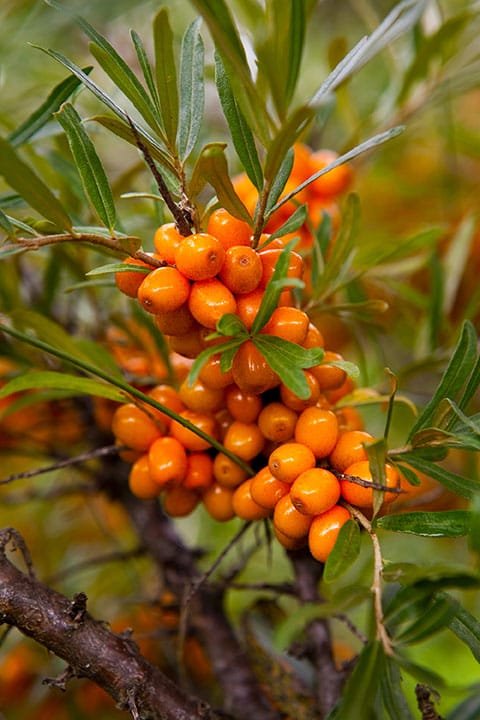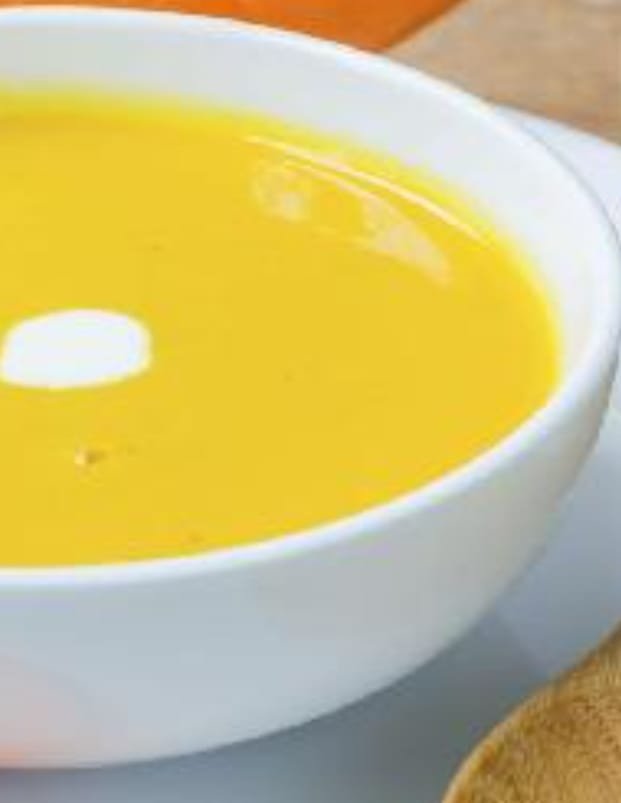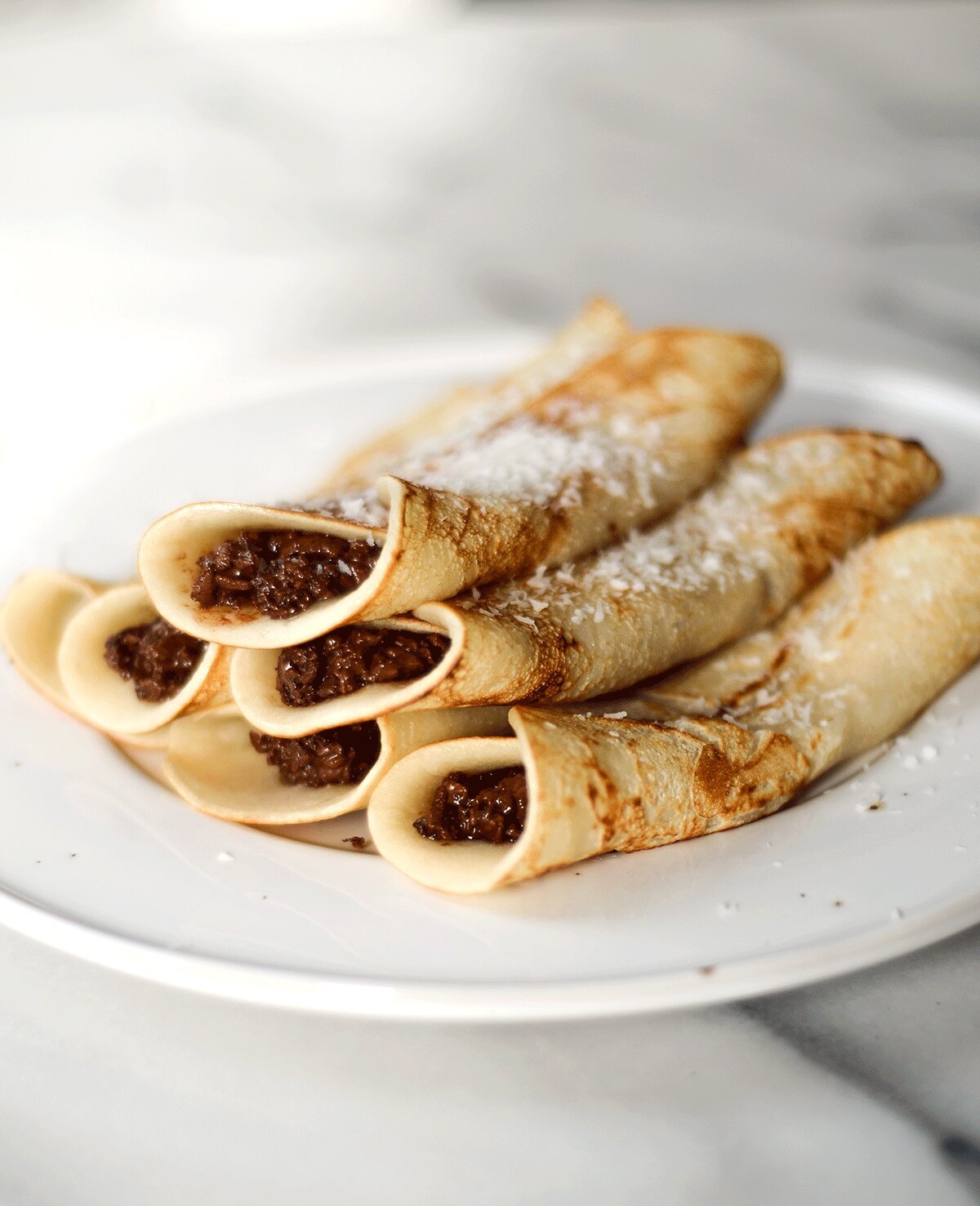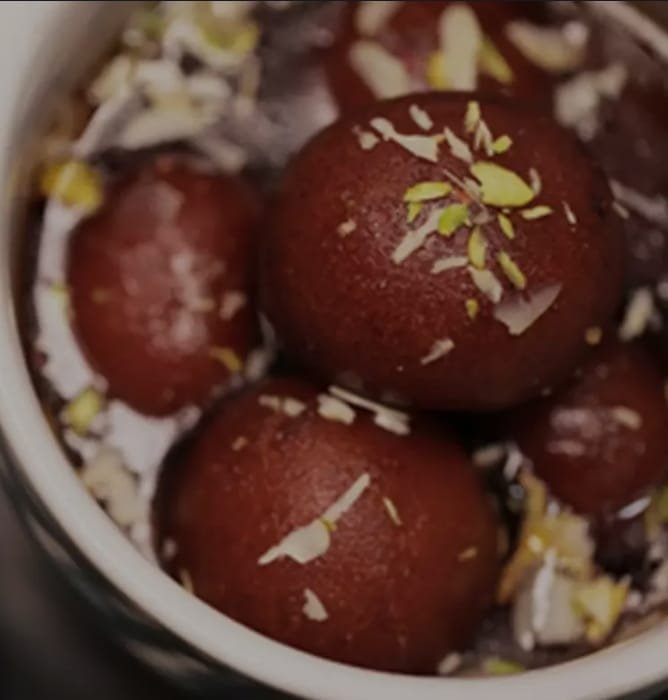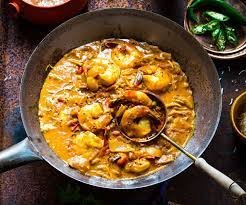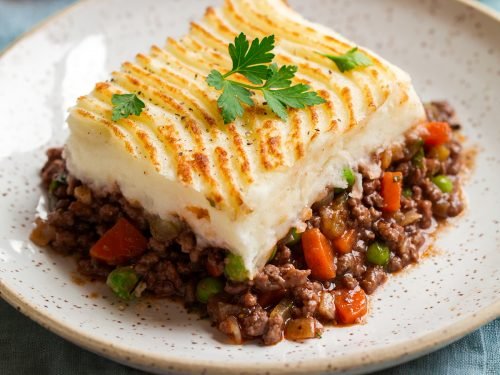Ingredient Ideology | The Magic Of Ruby Chocolate By: Dr. Kaviraj Khialani – Celebrity Master Chef
/THE MAGIC OF RUBY CHOCOLATE
INTRODUCTION TO RUBY CHOCOLATE:
Ruby chocolate represents one of the most exciting developments in the chocolate industry in over 80 years, joining the ranks of dark, milk, and white chocolate as a distinct category. Introduced to the world in 2017 by the Belgian-Swiss cocoa company Barry Callebaut, ruby chocolate is made from specially selected cocoa beans known as "ruby cocoa beans." These beans undergo a unique processing method that preserves their naturally occurring precursors, which, after specific fermentation and conching processes, yield the chocolate's characteristic pink hue and flavor profile.
ORIGIN OF RUBY CHOCOLATE:
Ruby chocolate was introduced to the world by the Swiss chocolate company Barry Callebaut in September 2017. This new type of chocolate is made from the Ruby cocoa bean, which gives the chocolate its distinct pink color naturally, without the addition of any dyes or fruit flavors. The Ruby cocoa bean undergoes a unique processing method, which was developed by Barry Callebaut over a decade, to unlock the flavor and color present in the bean itself.
The exact origin of the Ruby cocoa bean and the specific process used to create Ruby chocolate have been closely guarded secrets, with Barry Callebaut not disclosing the full details. However, it is known that these beans can be found in different regions of the world, including Ecuador, Brazil, and Ivory Coast.
HEALTH BENEFITS OF RUBY CHOCOLATE
While ruby chocolate contains similar basic ingredients as milk, dark, and white chocolate—cocoa mass, sugar, and cocoa butter—the health benefits associated with ruby chocolate can be considered from a few perspectives
Antioxidants: Like dark chocolate, ruby chocolate is made from cocoa beans, which means it naturally contains antioxidants such as flavonoids. These compounds are known for their ability to neutralize free radicals in the body, potentially reducing oxidative stress and the risk of chronic diseases. The precise antioxidant content in ruby chocolate can vary depending on the processing and the proportion of cocoa mass used.
Mood Improvement: Chocolate is famous for its ability to improve mood, and ruby chocolate is no exception. It contains compounds such as theobromine and caffeine, which are mild stimulants. Additionally, chocolate stimulates the production of endorphins, the body's natural opiates, which can evoke feelings of pleasure and well-being.
Heart Health: The flavonoids in ruby chocolate, like those in dark chocolate, may contribute to heart health by improving blood flow and lowering blood pressure. They may also play a role in increasing the level of high-density lipoprotein (HDL) cholesterol, often referred to as "good" cholesterol, which can help to reduce the risk of cardiovascular diseases.
Potential Downsides: It's important to note that, like other types of chocolate, ruby chocolate also contains sugar and fat, which can offset some of its health benefits if consumed in excess. Moderation is key to enjoying ruby chocolate as part of a balanced diet.
USES OF RUBY CHOCOLATE IN KITCHEN
Ruby chocolate, introduced to the world in 2017, is the fourth type of chocolate, alongside dark, milk, and white chocolate.
1. Desserts and Confectionery
Chocolate Bars and Truffles: Ruby chocolate's unique color and taste make it an excellent choice for creating visually stunning and delicious chocolate bars and truffles.
Baking: Ruby chocolate chips or chunks can be used in cookies, brownies, or muffins for a surprising pop of color and flavor.
2. Decorative Elements
Garnishes: Melted ruby chocolate can be drizzled over cakes, cupcakes, or even savory dishes to add a touch of sweetness and a burst of color.
Chocolate Shapes: Melt and temper ruby chocolate to create decorative shapes, letters, or swirls to adorn your culinary creations.
3. Beverages
Hot Chocolate: A ruby chocolate hot chocolate offers a new twist on the classic winter beverage, providing a creamy texture with fruity notes.
Cocktails and Mocktails: Grated ruby chocolate or a ruby chocolate rim can add a unique flair and flavor to both alcoholic and non-alcoholic beverages.
4. Breakfast Items
Pancakes and Waffles: Incorporate ruby chocolate chips into the batter, or melt ruby chocolate to drizzle over the top for a decadent breakfast treat.
Oatmeal and Yogurt: Sprinkle ruby chocolate pieces over oatmeal or yogurt for a touch of sweetness and a burst of color.
5. Savory Dishes
While less common, the fruity and slightly tart flavor profile of ruby chocolate can complement certain savory dishes. For example, it can be used as a glaze for meats or added to vinaigrettes for salads, especially those featuring fruits or nuts.
6. Ice Cream and Gelato
Ruby chocolate can be used in making ice cream or gelato, either as the main flavor or in the form of chips and swirls, creating a visually appealing and deliciously fruity frozen dessert.
RECIPES USING RUBY CHOCOLATE
1. Ruby Chocolate Chip Cookies
Ingredients:
2 1/4 cups all-purpose flour
1/2 teaspoon baking soda
1 cup unsalted butter, room temperature
1/2 cup granulated sugar
1 cup packed light-brown sugar
1 teaspoon salt
2 teaspoons vanilla extract
2 large eggs
2 cups Ruby chocolate chips
Instructions:
Preheat your oven to 350°F (175°C).
In a bowl, whisk together the flour and baking soda.
In another bowl, beat the butter and sugars until fluffy. Add the salt, vanilla, and eggs. Beat until well mixed.
Gradually add the flour mixture and mix. Stir in the Ruby chocolate chips.
Drop tablespoon-sized balls of dough onto baking sheets.
Bake for 10-12 minutes or until golden brown. Cool on baking sheets for 2 minutes; transfer to wire racks to cool completely.
2. Ruby Chocolate Brownies
Ingredients:
1/2 cup unsalted butter
1 cup sugar
2 large eggs
1 teaspoon vanilla extract
3/4 cup all-purpose flour
1/4 cup cocoa powder
1/2 teaspoon baking powder
1/4 teaspoon salt
1 cup Ruby chocolate chunks
Instructions:
Preheat the oven to 350°F (175°C). Grease an 8-inch square baking pan.
Melt the butter and mix it with sugar. Add the eggs and vanilla, mixing well.
In another bowl, whisk together flour, cocoa powder, baking powder, and salt.
Gradually add the dry ingredients to the wet, mixing until smooth. Fold in Ruby chocolate chunks.
Pour the batter into the prepared pan and smooth the top.
Bake for 20-25 minutes. Let it cool before cutting into squares.
3. Ruby Chocolate Raspberry Muffins
Ingredients:
2 cups all-purpose flour
1/2 cup sugar
2 1/2 teaspoons baking powder
1/2 teaspoon salt
1 cup milk
1/4 cup unsalted butter, melted
1 large egg
1 teaspoon vanilla extract
1 cup Ruby chocolate chips
1 cup fresh raspberries
Instructions:
Preheat the oven to 375°F (190°C). Line a muffin tin with paper liners.
In a large bowl, combine flour, sugar, baking powder, and salt.
In another bowl, mix milk, melted butter, egg, and vanilla. Add to the dry ingredients, stirring until just combined.
Gently fold in Ruby chocolate chips and raspberries.
Divide the batter among the muffin cups and bake for 20-25 minutes or until a toothpick inserted into the center comes out clean.
Cool in the pan for 5 minutes, then transfer to a wire rack to cool completely.
4. Ruby Chocolate Cheesecake
Ingredients:
150g crushed graham crackers
75g melted butter
500g cream cheese, softened
100g sugar
200g ruby chocolate, melted
2 eggs
1 tsp vanilla extract
Instructions:
Preheat your oven to 160°C (320°F).
Mix graham crackers and butter, press into the bottom of a springform pan.
Beat cream cheese and sugar until smooth. Add melted ruby chocolate, eggs, and vanilla; beat until combined.
Pour over the crust and bake for 45-55 minutes. Chill before serving.
5. Ruby Chocolate Madeleines
Ingredients:
130g all-purpose flour
1 tsp baking powder
120g sugar
120g unsalted butter, melted
2 eggs
100g ruby chocolate, melted
Powdered sugar for dusting
Instructions:
Preheat your oven to 190°C (375°F) and prepare a madeleine pan.
Whisk together flour and baking powder.
In another bowl, beat eggs and sugar until light. Gradually add melted butter and ruby chocolate, then fold in the flour mixture.
Fill each madeleine mold about three-quarters full. Bake for 8-10 minutes.
Cool slightly and dust with powdered sugar.
6. Ruby Chocolate Scones
Ingredients:
250g all-purpose flour
2 tsp baking powder
1/2 tsp salt
50g sugar
75g cold unsalted butter, cubed
100ml cold milk
150g ruby chocolate chips
Instructions:
Preheat your oven to 220°C (425°F).
Combine flour, baking powder, salt, and sugar. Cut in butter until mixture resembles coarse crumbs.
Stir in milk just until dough comes together. Fold in ruby chocolate chips.
Pat dough into a round, cut into wedges, and place on a baking sheet.
Bake for 12-15 minutes.
INSTRUCTIONS
Ruby chocolate has a distinct taste, different from its dark, milk, and white counterparts. It offers a fruity flavor with slightly sour notes, which can complement many ingredients but might clash with others.
When melting ruby chocolate, use a gentle heat to avoid burning or seizing. A double boiler or a microwave (in short bursts, stirring in between) works well. Ruby chocolate can be sensitive to temperature changes, so keeping a steady, moderate heat is crucial.
the chocolate to set with a glossy finish and a snap, such as chocolate bars or dipped fruits, tempering ruby chocolate is essential.
Incorporate ruby chocolate into baked goods with caution due to its unique flavor and color. It works well in recipes where its fruity essence can shine, such as muffins, scones, or blondies.
CONCLUSION
Ruby chocolate offers a unique and innovative twist to the world of baking and confectionery, with its distinct color and fruity flavor profile. Its versatility allows it to be seamlessly incorporated into a wide range of baked goods, from brownies and cookies to cheesecakes and tarts, providing a vibrant and flavorful experience that stands out from traditional chocolate varieties. The recipes provided are just the beginning, offering a glimpse into the potential of ruby chocolate to transform and elevate desserts and sweet treats.









